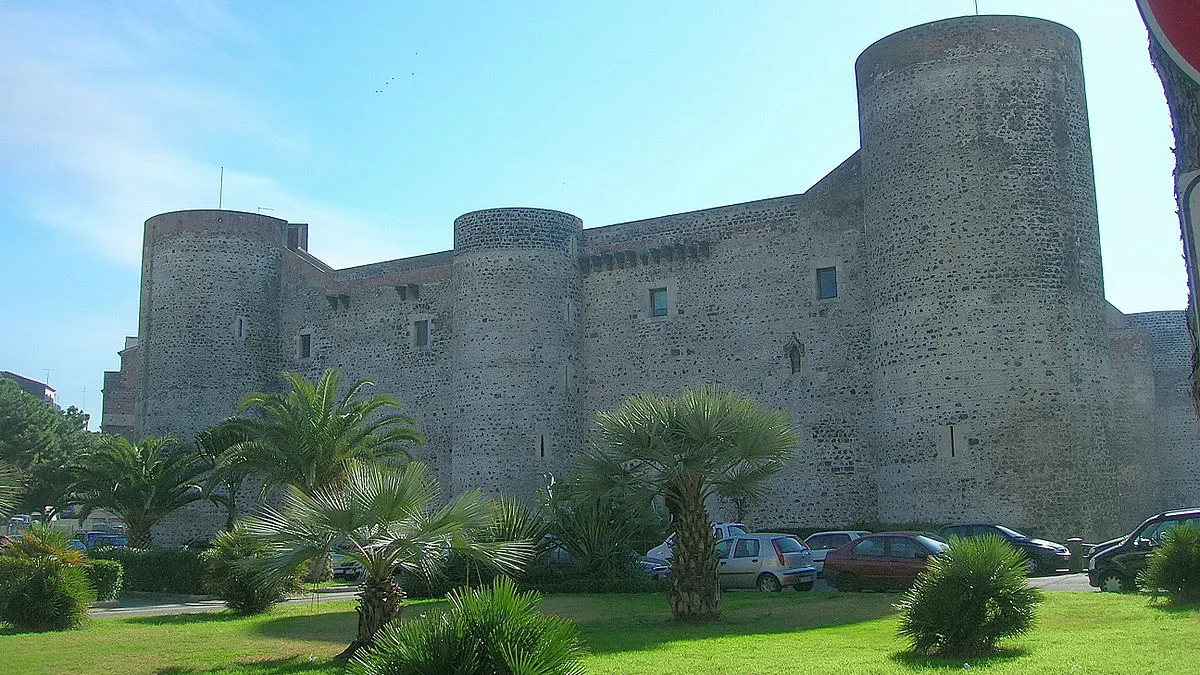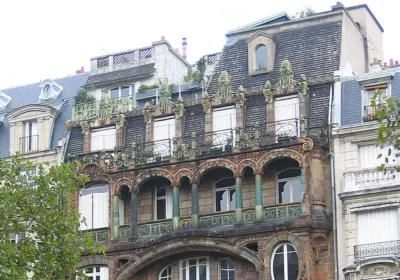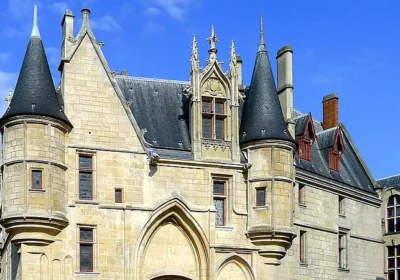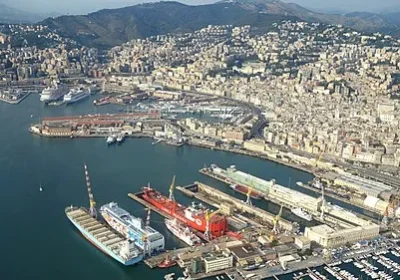Castello Ursino and Museum in Catania.
Castello Ursino is located 550 metres northeast of Catania’s main square, Piazza Duomo. Castello Ursino is one of the main historical sites and cultural centres of the city with centuries of interesting history. The name of the castle has Latin roots. In translation it means “Castle over the bay”.
Before the middle of the XVII century the fortress stood on a steep cliff. The sea washed over it on one side and a deep moat protected it on the other. As a result of seismic processes, the castle was 2.5 kilometres away from the sea. Surprisingly, the castle survived the great earthquake of 1963, which destroyed almost the entire province.
The castle of Ursino dates back to 1239. It was then that Frederick II ordered its construction to begin. The money for the construction of the castle was collected from the people of Catania. In the XIII century, the castle defended against enemy attacks. Then it became the royal residence of the Aragonese, under whose rule the first parliament was convened there.
In the XV century in the castle of Ursino was located prison. In the courtyard of the castle, you can still see graffiti made by prisoners. Museum staff claim that at times at night they can be heard moaning and sometimes transparent figures can be seen in the corridors. In the mid-19th century, Castello Ursino was a military barracks. In 1932 the castle was restored, giving it its original appearance. In 1934 the Historical Museum of Catania was opened in the castle.
In the halls of the museum you can see interesting art exhibitions and many valuable exhibits from different eras.
The modern Castello Ursino has preserved the original architectural features of the 13th century.
At the time of its opening, the museum had three major collections, consisting of archaeological finds, objects from the Middle Ages and the Renaissance, as well as modern times. Among the exhibits, the artefacts acquired by the heirs of Prince Biscari and the stunning collection belonging to the Asmudo family featured prominently. The museum’s art gallery features paintings by Luca Giordano, Giulio Procaccini and other artists. The collection is regularly enlarged. Today it covers ancient Greek and ancient Roman exhibits. Particularly notable among them are the torso of the Julian-Claudian emperor in the form of Jupiter and the statue of Hercules. An interesting collection is devoted to decorative fragments of ornaments of theatres and other buildings of the city.
The attention of the guests of the museum is attracted by the portal of the XV century, which is located in the courtyard of the fortress. This unique historical monument used to be a prison. It is engraved with inscriptions, poems and drawings made by prisoners.
The largest numismatic collection is also noteworthy, boasting valuable Roman and Greek coins. Its centrepiece is a menorah stone shard.
Open all days except 24 and 25 December, 1 January, 1 May

















